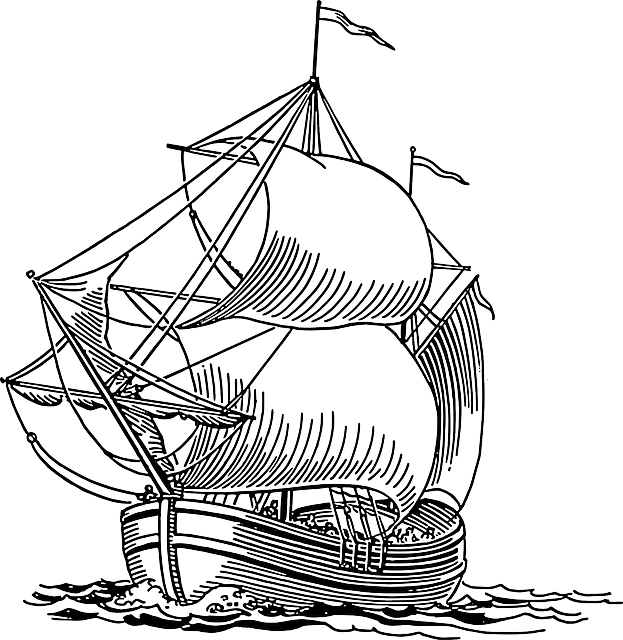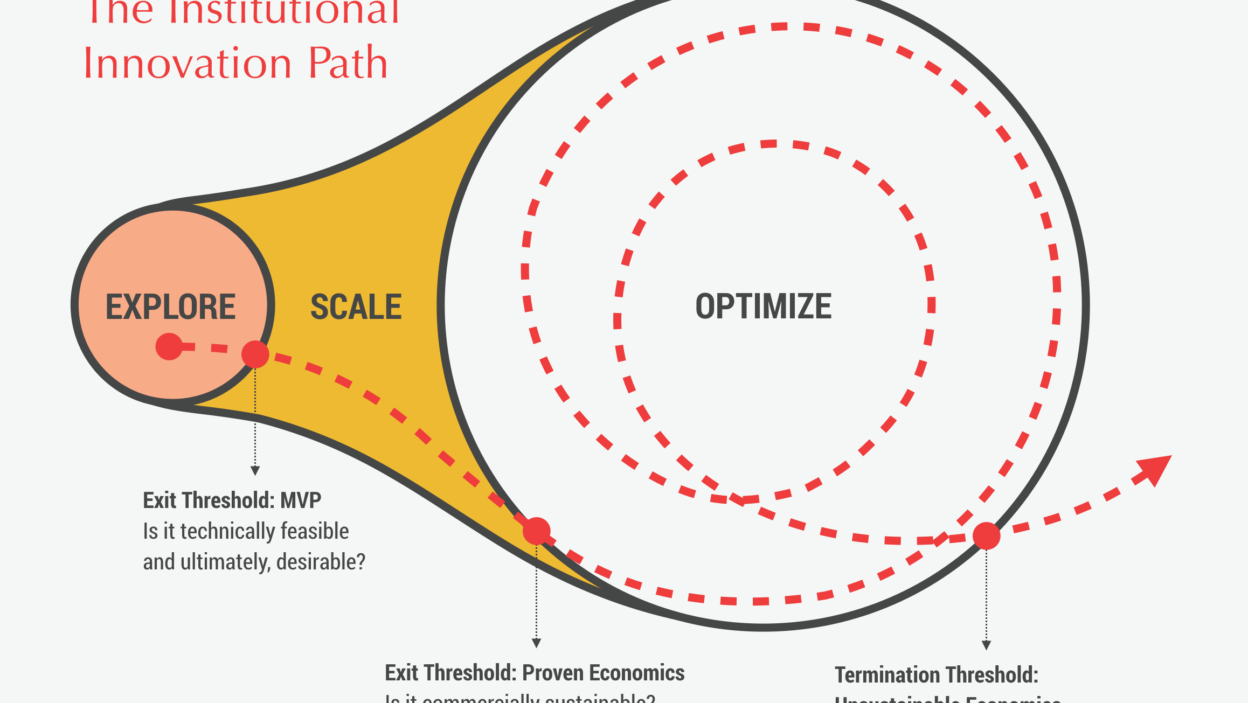Several people who have recently left [Google] X and those close to it describe the Alphabet unit as sputtering, unable to bring projects to life. They say the issues at X aren’t technical hurdles, but a combination of red tape and knotty internal politics. Rather than accelerating the “moonshot factory,” sources say the Google-to-Alphabet reshuffle has clogged it up.”
Mark Bergen @ Recode
Most large institutions are smart enough to know that if you only optimize yesterday’s business model, you’re inviting disruption. On the grand scale, we have film canisters, taxi medallions, record albums, and DVDs (among others) to thank for this indispensable lesson: survival in the 21st century demands a ceaseless obsession with your customers and with the possibilities that new technologies can offer them.
So, yes, as a large institution, you need an Innovation Lab.
Yes, you absolutely need a team with the freedom, both of time and space, to diffuse new technologies into your category and your customers’ lives. These makers will invent the future of your business while your managers ensure your immediate survival. A small band of talent, with a small amount of resources, live on the bleeding edge so that you remain on the leading edge.
So yes, you need exploration AND optimization to survive. But you also need something else. Something even Google fails to address. In fact, the majority of labs and innovation centers flounder because of one, critical, missing ingredient.
You need a third team. The Scalers.
Most organizations know that those who work in their lab and those who work in their headquarters represent two separate talent profiles. Yet, they expect each group to share the management of the most difficult phase of any new technology or business model: Scale.
Think about it. Most new businesses fail to scale. Most new technologies, embodied recently in VR and 3D printing, take several attempts to reach a mass audience.
Time after time, in every organization we consult, we find that you cannot scale a new product, service, or innovation without a dedicated team specific to that phase of development.

Our model for institutional innovation, AKA the “flywheel”
When we build Innovation Teams, we also build Scaling Teams alongside them. Based on actual practice, it’s the only way we know to avoid the massive failure rates of research labs and even acquisitions.
Optimization is relentless. Inventing is hard. Scaling is even harder.
Yes, we’re advocating for three distinct groups within your business.
The Optimize Team introduces continuous improvements to your existing products and services, based on qualitative and quantitative feedback from your customers. Because of this, you cannot allow this group, often the largest subset of your employees, to become distanced from the reality of your customer experience (in fact, we often measure these teams based on ‘Time Since Last Customer Interaction’). Depending on the speed of your category, this group should have roughly 70–90% of your entire budget.
The Explore Team exposes new opportunities afforded by technology, consumer trends, and business models. Their output might introduce new ideas and inventions which threaten your status quo. They will also have an enormous amount of failed ideas (in fact, we often measure this group by the sheer volume of attempted ideas). Failure and threat, both are good things. But you cannot allow this group to be steered by your short-term objectives. Depending on your category, this group should have 1–10% of your entire budget.
The Scale Team bridges the critical gap between invention and industry standard; exploration and optimization. They are your intrapreneurs, your political power-players, and your most resilient talent. They have to struggle against both consumer adoption and internal inertia. You’ll likely want the product manager from the Explore phase, along with the chief technical architect of the concept, to remain attached to the project. But you’ll need a new team that can paint a vision (external and internal), chart a revenue model, and doggedly pursue adoption. We often measure this team based on their growth rate and their overall market penetration. Depending on the scale of your category, this group should have 9–20% of your budget.

If you prefer sailing metaphors, the Optimization Team is your rudder: able to make short, frequent corrections. The Explore Team is your sextant: helping you navigate long distances across space and time. The Scale Team is your sail, arguably most important of all, helping you catch the prevailing winds and gain speed toward your destination. All three are essential.
In the last few years, many large organizations have reached the conclusion that the talent required to optimize their existing revenue sources is distinct from the talent required to invent the future. Today, the most savvy organizations will realize the need for a third team: those with the ability to take the refined ore of a new idea and shape it into a commercially viable and sustainable business.
Sign up for our weekly newsletter to receive more insights into innovation and transformation.








The Evolutionary Edge
Every Link Ever from Our Newsletter
Why Self-Organizing is So Hard
Welcome to the Era of the Empowered Employee
The Power of “What If?” and “Why Not?”
An Adaptive Approach to the Strategic Planning Process
Why Culture/Market Fit Is More Important than Product/Market Fit
Group Decision Making Model: How to Make Better Decisions as a Team